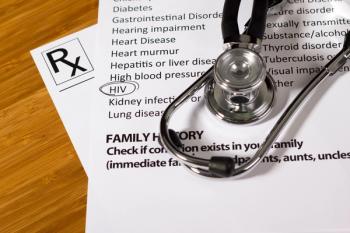
Preventive drug therapy best for women at highest risk of breast cancer
Tamoxifen, raloxifene, or exemestane use by high-risk women will reduce cancer incidence by almost two-thirds
Women at the highest risk of contracting breast cancer benefit the most from preventive drug therapy, including tamoxifen and raloxifene, according to a
The study was conducted by the United States Preventive Services Task Force (USPSTF) and was led by Heidi D. Nelson, MD, MPH, with the Pacific Northwest Evidence-based Practice Center at Oregon Health & Science University.
In 2002, the USPSTF recommended against routine use of tamoxifen and raloxifene for prevention of breast cancer for women at average risk. The new data will inform an upcoming recommendation statement from the USPSTF.
After analyzing MEDLINE and Cochrane databases from inception through December 5, 2012, researchers found that women who received tamoxifen, raloxifene, or exemestane had a 10-year breast cancer risk of 7.5% compared with a 21.3% risk for women who received no treatment.
Tamoxifen and raloxifene reduced the incidence of invasive breast cancer and breast cancer in placebo-controlled studies, the researchers found. While tamoxifen had greater effect at reducing invasive breast cancer than raloxifene, the drug produced more thromboembolic events, endometrial cancer, related gynecologic outcomes, and cataracts.
“Many women have less serious adverse effects [from both tamoxifen and raloxifene] that impact quality of life and adherence, such as vasomotor, genital, and musculoskeletal symptoms,” Nelson wrote in the Annals of Internal Medicine
Despite previous recommendations that women at increased risk for breast cancer be identified and offered risk-reducing medications, this practice is uncommon in the United States, the researchers found.
“It is not clear how to identify candidates for therapy,” Nelson wrote, adding, “Although the trials indicate broad benefit, subgroup analysis and decision models suggest that high-risk women, particularly those who had hysterectomies, may derive the most benefit with the least harm.”
Newsletter
Pharmacy practice is always changing. Stay ahead of the curve with the Drug Topics newsletter and get the latest drug information, industry trends, and patient care tips.















































































































